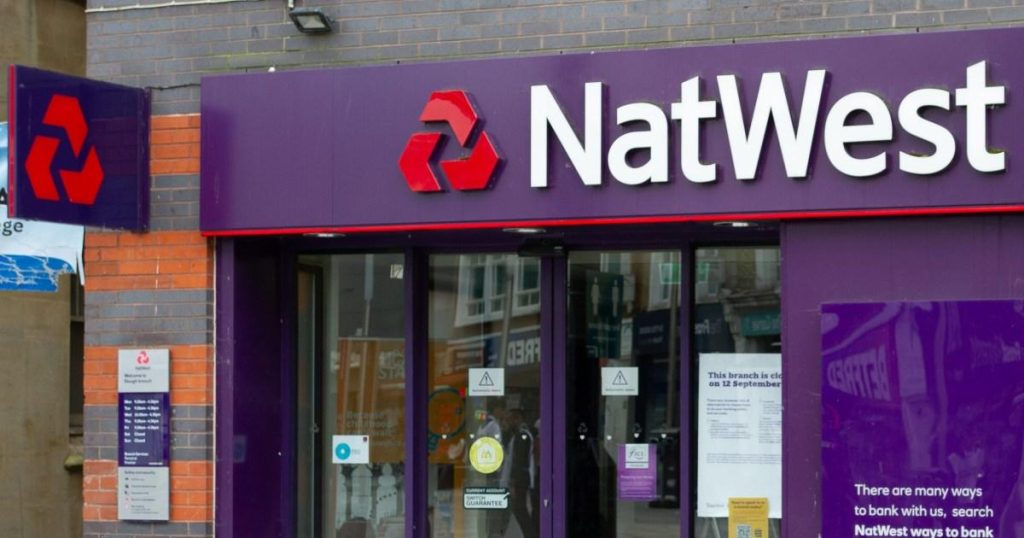The NatWest banking group, serving over 19 million customers, has announced the closure of 53 more branches across the UK, scheduled between April and June 2025. This latest wave of closures follows a significant trend of branch reductions by the group, which includes the Royal Bank of Scotland and Ulster Bank, having shuttered 1,431 branches since 2015, including 48 in 2024 and 20 in 2023. This ongoing reduction in physical banking locations reflects a broader industry shift towards digital services, driven by changing customer preferences and technological advancements.
The affected branches are spread across various locations, including Accrington, Alfreton, Beverley, Bishop Auckland, Blackburn, Bridlington, Cannock, Cleveleys, Derby, Dewsbury, Ellesmere Port, Failsworth, Farnworth, Garstang, Goole, Keighley, Leeds, Leek, Leyland, Liverpool, Long Eaton, Louth, Manchester, Mansfield, Market Drayton, Mexborough, Middleton, Morley, Nantwich, Newark-on-Trent, Newcastle upon Tyne, Nottingham, Rawtenstall, Rochdale, Salford, Sheffield, St Annes On Sea, Stafford, Stockport, Stockton-on-Tees, Stoke-on-Trent, Urmston, Uttoxeter, Wallasey, Washington, Widnes, Willerby, Wilmslow, Windermere, and Worksop. Specific closure dates have been provided for most branches, with a few pending confirmation. The widespread geographical distribution of these closures highlights the comprehensive nature of NatWest’s restructuring strategy.
NatWest attributes these closures to the increasing prevalence of digital banking among its customer base. Over 80% of active current account holders utilize the bank’s digital services, and over 97% of new retail accounts are opened online. This shift in customer behavior necessitates a corresponding adaptation in service delivery, with a focus on enhancing digital platforms and personalized online experiences. The bank emphasizes its commitment to meeting evolving customer expectations and adapting to the industry-wide trend towards digitalization.
While reducing its physical branch network, NatWest emphasizes its commitment to continued investment in remaining branches and alternative banking solutions. The bank plans to invest over £20 million in its UK network in 2025, focusing on improving customer service within branches, modernizing branch aesthetics, and reducing the environmental footprint of its buildings. This investment signals a dedication to maintaining a physical presence, albeit a reduced one, while adapting existing branches to contemporary needs and sustainability standards. Further, NatWest highlights its continued investment in shared solutions like the Post Office and Banking Hubs, providing customers with alternative access points for essential banking services.
This strategic shift towards digital banking raises concerns about accessibility for customers who rely on traditional in-person banking services, particularly the elderly or those in rural areas with limited digital access. The closures may also have broader economic implications for the affected communities, potentially impacting local employment and accessibility to financial services. While NatWest’s investment in digital platforms aims to improve convenience and accessibility for a large segment of its customer base, the transition may pose challenges for certain demographics and communities.
The evolving landscape of banking services necessitates a delicate balance between embracing digital innovation and ensuring accessibility for all customer segments. NatWest’s strategic approach reflects the broader industry trend towards digitalization while aiming to mitigate the impact on customers reliant on traditional banking channels through investments in alternative solutions. The long-term success of this strategy will depend on the bank’s ability to effectively address the needs of all its customers and ensure equitable access to essential financial services in the face of evolving technological advancements and changing customer behaviors.


